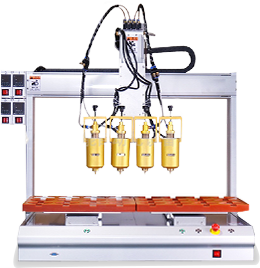

Metal stamping parts are precision parts made of high-quality metal raw materials (such as carbon steel, stainless steel, aluminum alloy, etc.) through advanced stamping processes. With the help of professional stamping equipment and customized molds, pressure is applied to metal sheets to cause them to undergo plastic deformation or separation, thereby obtaining products of various complex shapes and high-precision dimensions. From micro-structural parts for electronic equipment to large supporting parts in the automotive and machinery industries, metal stamping parts are widely adapted to the needs of multiple fields. With precise molding processes, they provide structural support, protection, connection and other functions for equipment. They are key basic components for achieving efficient, lightweight and integrated manufacturing in modern industrial production, helping products in different industries to improve performance and reliability.
Features | Details |
High-precision molding | Relying on CNC stamping equipment and precision molds, the dimensional tolerance can reach ±0.05mm, and complex shapes can be formed in one step to meet the assembly needs of precision equipment |
Various materials and adaptability | Covering carbon steel (high strength), stainless steel (corrosion resistance), aluminum alloy (lightweight), etc., materials are selected on demand to meet the environmental and performance requirements of different industries |
High production efficiency | Automated stamping production line, a single process can be completed in a few seconds, batch production is stable, and product delivery cycle is effectively shortened |
Significant cost advantages | Compared with cutting and other processes, after the mold cost is shared, the unit part cost is low, and the material utilization rate is high (up to 80% - 95%), reducing costs and increasing efficiency |
The production process of metal stamping parts is strict and orderly. First, according to customer needs and product application scenarios, complete the material selection (such as selecting high-strength carbon steel in the automotive industry to ensure safety, and aluminum alloy in the electronics field to achieve lightweight), and carry out mold design and manufacturing simultaneously, using CAD/CAM technology to optimize the mold structure to ensure molding accuracy. During production, the metal sheet undergoes unwinding, leveling, stamping and other processes. Under the action of the press, the mold is stretched, bent, punched and other complex deformations are achieved through the mold, and quickly formed.
After forming, surface treatment is carried out according to needs, such as galvanizing (enhanced rust prevention, used for outdoor equipment), anodizing (aluminum alloy parts are beautiful and wear-resistant), etc. In the quality inspection link, three-coordinate measuring instruments, imagers and other equipment are used to comprehensively test the size and shape tolerances to ensure product consistency. From tiny connectors of electronic equipment to car body covers and mechanical transmission brackets, metal stamping parts have become an indispensable part of the industrial manufacturing system with excellent molding accuracy, flexible material adaptation and efficient production mode, and continue to provide solid support for product upgrades in various industries.
 Headquarters tel.
Headquarters tel. E-mail.
E-mail.